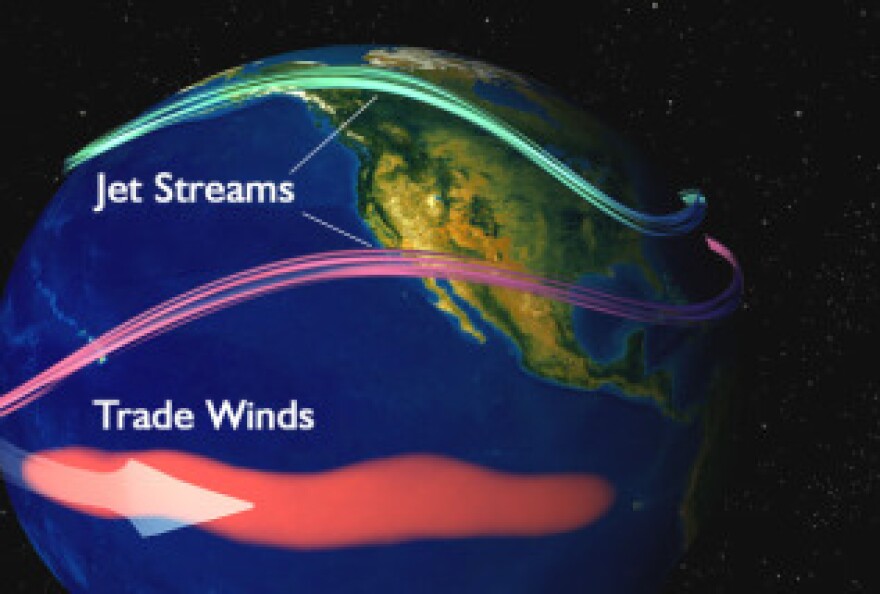The high pressure system that has shunted storms away from California for much of the past four years has dissipated, possibly for a long time.
The Ridiculously Resilient Ridge — as meteorologists and forecasters have dubbed the system because of its unusual persistence — has been absent for more than a month, according to a forecaster with the National Oceanic and Atmospheric Administration.
“It hasn’t been like that since August really, and instead we’ve had sort of more variable weather patterns,” said Nate Mantua, a research scientist with NOAA’s Southwest Fisheries Science Center in Santa Cruz.
Mantua said the ridge will likely stay away, because it will have been replaced by a low-pressure trough.
“The expectations are as we get into Fall and Winter seasons more deeply, we’re going to see a lot more low pressure there, and that will be the more sort of dominant story,” Mantua said.
Eric Boldt, a meteorologist with the National Weather Service in Oxnard, said low-pressure systems typically accompany El Niño events.
“Lower pressure in the Eastern Pacific is a classic pattern you’d see with an El Niño setting up with the jet stream a little more to the south, and that’s were we get into our storm track coming up from the southwest across California,” Boldt said.
The high-pressure ridge has created a large swath of unusually warm water off the coast. Boldt said the warm water would take months to dissipate and that its interaction with El Niño isn’t well understood. However, he said storms from strong El Niño events, which can bring heavy rains to California, could be bolstered by the warm water.
“That’s the part that is a little bit unprecedented. We don’t really have a good idea about how that might impact us, but warmer ocean temperatures typically lead to fueling the atmosphere and kind of energizing those storms. So I don’t think it’s going to be a negative for us,” Boldt said.
Mantua said the disappearance of the ridge and the presence of a strong El Niño is likely to produce a lot of rain in Southern California.
“[The low-pressure system is] just another factor that sort of favors a more normal winter, although I don’t think it’s going to be normal. I think it’s going to be probably an exciting winter, especially for Southern California,” Mantua said.

